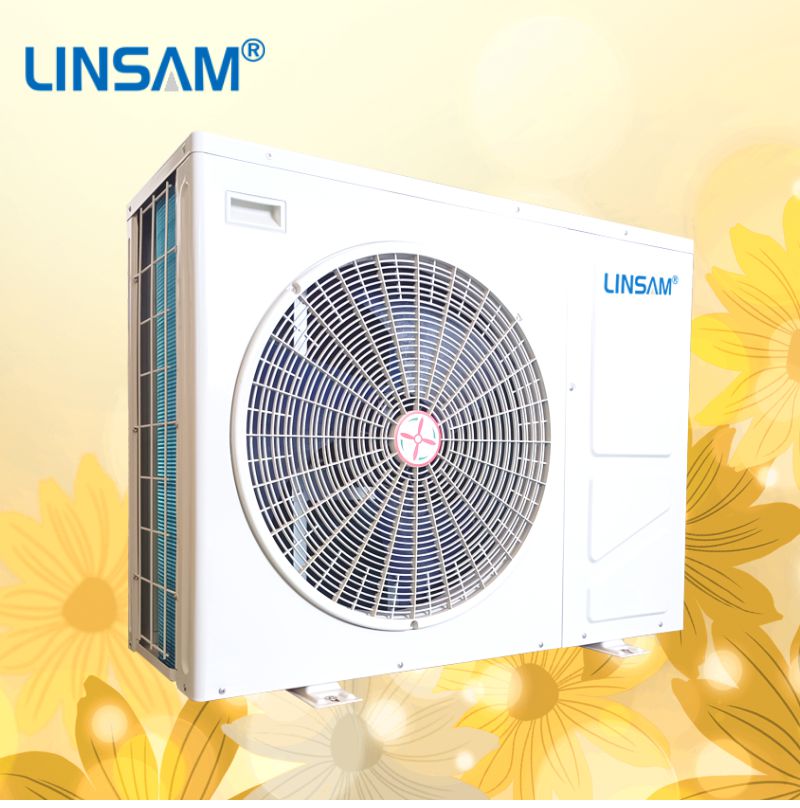The Working Principle of Heat Pumps
Heat pumps are devices that efficiently transfer heat from one location to another, typically used for heating and cooling applications. They operate based on the principles of thermodynamics, utilizing a refrigeration cycle to extract heat from a low-temperature source and transfer it to a higher-temperature destination.
The heat pump’s operation can be divided into four main stages: evaporation, compression, condensation, and expansion.
- Evaporation: This stage involves the absorption of heat from a low-temperature source, such as air or water, by a refrigerant. The refrigerant, which is typically a low-boiling-point liquid, evaporates into a gas when it absorbs the heat. This evaporation process occurs in the evaporator section of the heat pump.
- Compression: The evaporated refrigerant gas is then compressed by a compressor. As the gas is compressed, its temperature and pressure increase. This compressed refrigerant gas is now ready to transfer its heat to a higher-temperature environment.
- Condensation: In the condenser section of the heat pump, the compressed refrigerant gas releases its heat to a higher-temperature medium, such as air or water, and condenses back into a liquid. This process releases the heat collected during the evaporation stage, effectively transferring it to the desired location.
- Expansion: After releasing its heat, the liquid refrigerant passes through an expansion valve, where its pressure is reduced. This reduction in pressure causes the refrigerant to cool and prepare for the next cycle of evaporation.
The continuous cycling of the refrigerant through these four stages allows the heat pump to efficiently transfer heat from a low-temperature source to a higher-temperature destination. By reversing the direction of the refrigerant flow, heat pumps can also be used for cooling applications, extracting heat from a higher-temperature environment and releasing it to a lower-temperature source.
Heat pumps are highly efficient because they move heat instead of generating it, requiring only a small amount of electrical energy to run the compressor. This energy-efficient operation makes heat pumps a popular choice for heating and cooling systems in many parts of the world.

